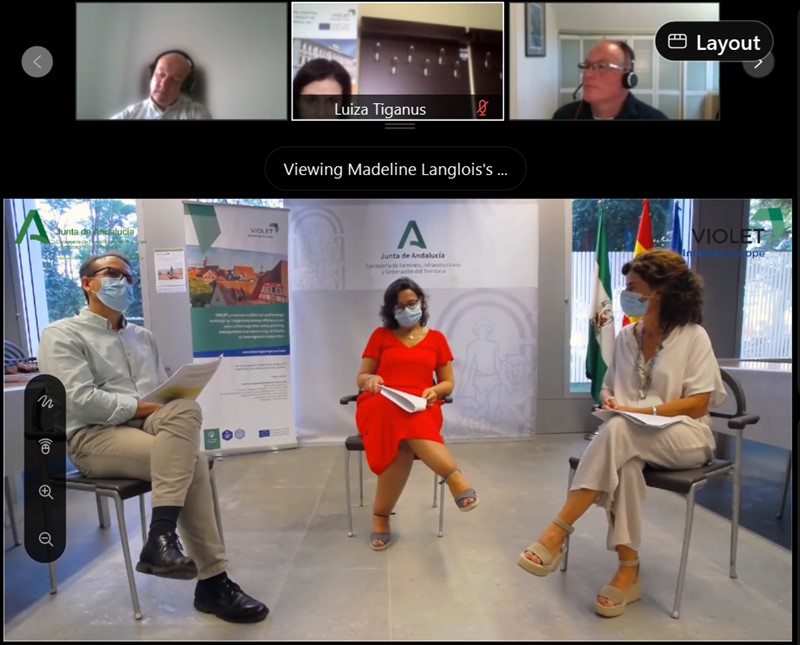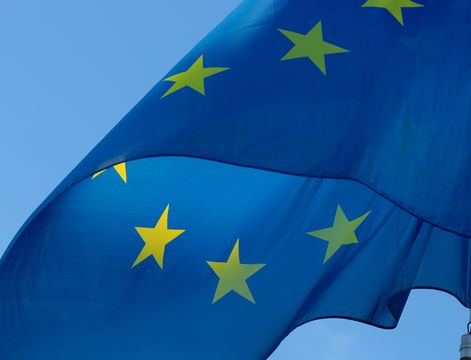Improve the regional public policy, VIOLET Project
Published by Cyprus Energy Agency on 20th November 2019
According to recent data from the EU, further actions are needed to meet energy and climate goals by 2030. For this reason, the Energy and Climate targets are becoming more ambitious for the next decade. The EU commitment for 2030 concerns (a) the further reduction of the greenhouse gas emissions by at least 40% by 2030 as compared with 1990, (b) the increase of the penetration of Renewable Energy Sources [RES] by 32%, and (c) the increase of energy efficiency by at least 32.5%, with an overall to improve Europe’s energy security, competitiveness and sustainability. To meet these goals, Member States are obliged to adopt integrated National Climate and Energy Plans (NECPs) for the period 2021-2030.
One of the biggest challenges to reach the long-term greenhouse gas emission goal is the decarbonisation of the building stock, which is responsible for approximately 36% of all CO2 emissions in the Union. In addition, almost 50 % of Union’s final energy consumption is used for heating and cooling, of which 80 % is for buildings.
On this basis, EU has published a new Directive (EU) 2018/844 which amends the Directive 2010/31/EU on the energy performance of buildings and Directive 2012/27/EU on energy efficiency. The Directive calls Member States to set a clear vision to guide their policies and investment decisions, with indicative national milestones and measurable, targeted actions for energy efficiency to achieve the short-term (2030) and long-term (2050) objectives. Among others, the Member states should establish a long-term renovation strategy for their building stock.
Read full article: http://www.cea.org.cy/energy-efficiency-heritage-buildings/
© Copyright Cyprus Energy Agency, 2019, All Rights Reserved.











